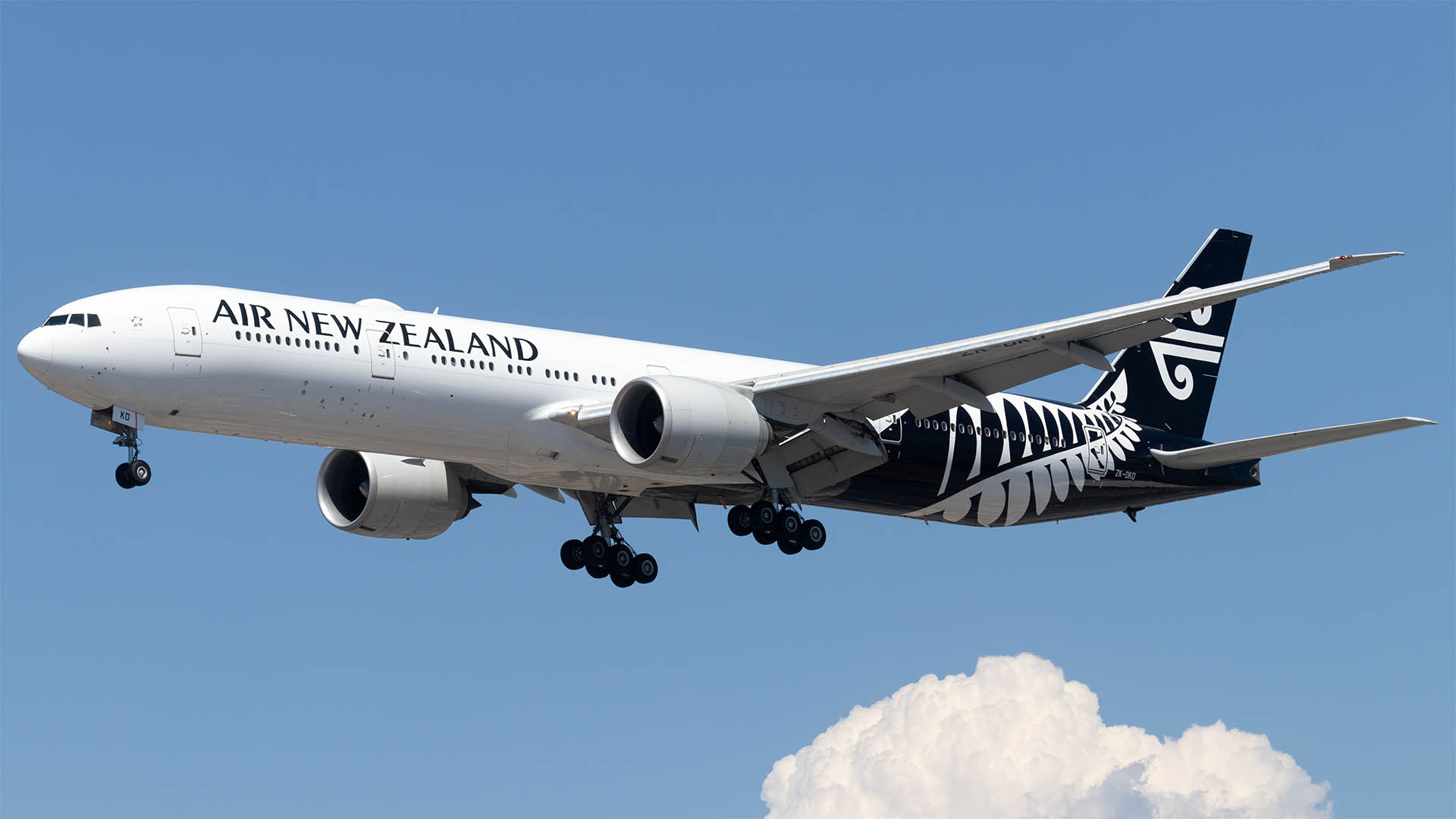Anything but the obvious in the commentary from Fortescue Metals on its first-quarter performance yesterday.
Yes, there was a small rise in realised price for its 58% iron ore products. But the reality is that first quarter shipments fell 8.6% to 40.2 million tonnes from 44 million tonnes in the September quarter of 2017-18.
That was also down more sharply from the 46 million tonnes shipped in the June quarter of this year (the company provided the comparison).
Despite the slippage, Fortescue maintained its 2018-19 production guidance at 165 million to 173 million tonnes because of work done in the quarter to prepare new areas for mining over the rest of the year.
Fortescue has been hit by falling prices for its lower grade iron ore as Chinese steel mills have turned to higher-grade, less-polluting iron ore.
The lower prices saw to a halving of its profit for the fiscal year to end-June 2018, but a surge in iron ore prices from early September might be the saving of Fortescue if sustained.
The company’s cost controls also took a hit in the first quarter – cash production costs averaged $US13.19 per wet metric tonne over the quarter, nearly 9% higher than the year-ago period, due to maintenance, overburden removal and higher fuel costs.
Fortescue though maintained its 2019 cost guidance at $12 to $13 per wet metric tonne.
Investors gave the result the thumbs down, the shares falling 5.7% to $3.64. The shares are down more than 25% year to date.
“Shipments of our 60.1 percent iron grade product, West Pilbara Fines are scheduled to commence from December this year, further enhancing our product mix,” CEO, Elizabeth Gaines said in a statement with the report.
The miner said it expected to deliver between five million and 10 million tonnes of the higher grade ore during the second half of fiscal 2019.
Fortescue also said the discount for its lower quality ore had narrowed, with the miner receiving 67% of the average benchmark Platts 62% CFR index for its ore during the quarter, up from 63% in the previous quarter. That figure was $US45 a dry metric tonne
At the $US45 a tonne figure the 3.8 million tonnes drop in shipments will cost Fortescue around $US171 million (around $A$240 million) in first-half revenues if there is no repeat in the current, second quarter.
That means the company’s first-half earnings face more pressure, especially with iron ore prices (for 62% ore) well over $US 74 a tonne on Wednesday.
But Fortescue might be helped by a rush to chase down iron ore of 58% and above by Chinese buyers who have suddenly become nervous about supplies. The gap between the 58% grade ore narrowed by a massive $US2.62 a tonne to $US67.77 a tonne against $US74.73 a tonne for 62% grade ore.
During the quarter Fortescue announced the establishment of an on-market share buy-back program for up to A$500 million (approximately US$355 million). The program, to be funded out of operating cash flows, will commence following the release of today’s Quarterly Production Report and remain in place for a period of up to 12 months.
Cash on hand at 30 September 2018 was US$972 million with net debt of US$3.0 billion.
Guidance for FY19 remains unchanged targeting total shipments of between 165-173mt, C1 costs between US$12-13/wmt and total capital expenditure of US$1.2 billion.












